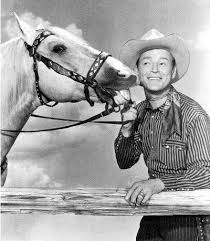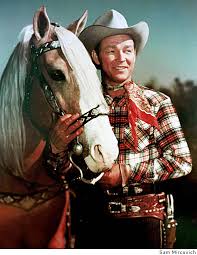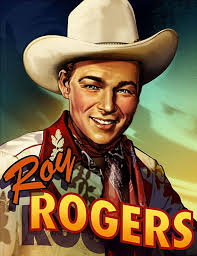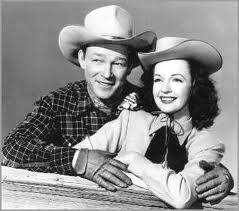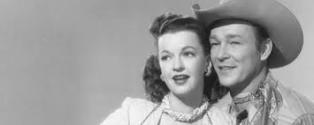Time is running out! Enter to win a copy of The Cowboy and the Senorita:
A Biography of Roy Rogers and Dale Evans and
Happy Trails: A Pictorial Celebration of the Life and Times of
Roy Rogers and Dale Evans.
On July 12, 1943, Roy Rogers and his trusty palomino, Trigger, appeared on the cover of Life magazine. The overwhelming success of Roy’s movies had made him the biggest box-office draw in the country.
On average, Roy made eight pictures a year, and in between productions he traveled around the country promoting his work. He sometimes made six appearance a day at various theatres where his movies were playing. Audiences would fill the seats of the movie houses, Roy and the Sons of the Pioneers would sing a few songs, and then his film would run.
Trigger accompanied Roy on all his promotional trips. Roy had acquired Trigger in 1938 when the horse was a yearling and, with the aid of a professional trainer, he brought the animal into prominence.
Along with information about his home life, the origin of the singing cowboy’s name was revealed in the Life article. Studio executives had given Leonard Slye, also known as Dick Weston (a name Leonard picked himself and used as his professional name for a short time), the handle of Rogers in 1937, after the famous humorist Will Rogers, and Roy, which means “king.” The two stage names fit together perfectly.
To learn more about Roy Rogers, Dale Evans, and Trigger enter to win now and Happy Trails.

